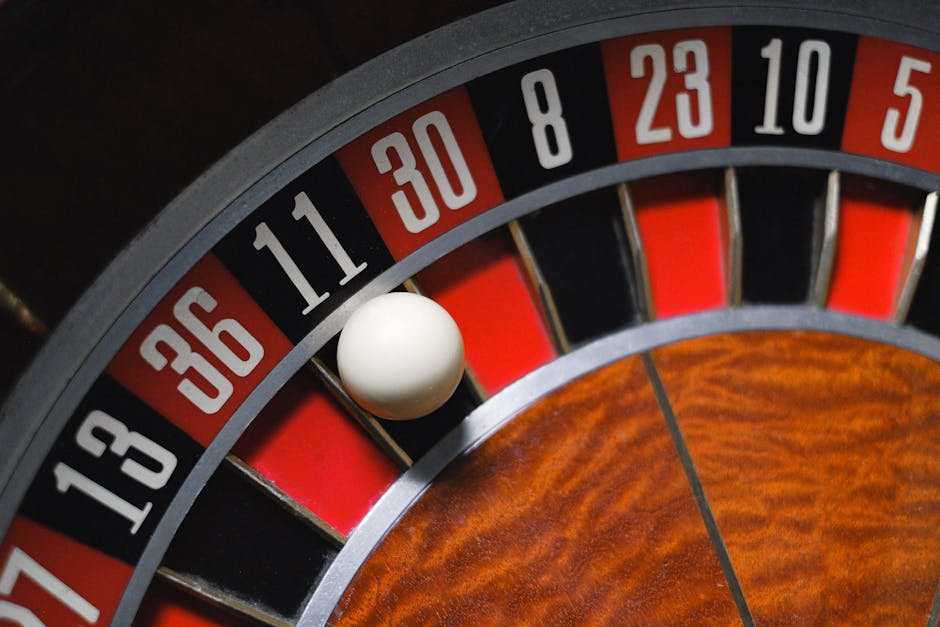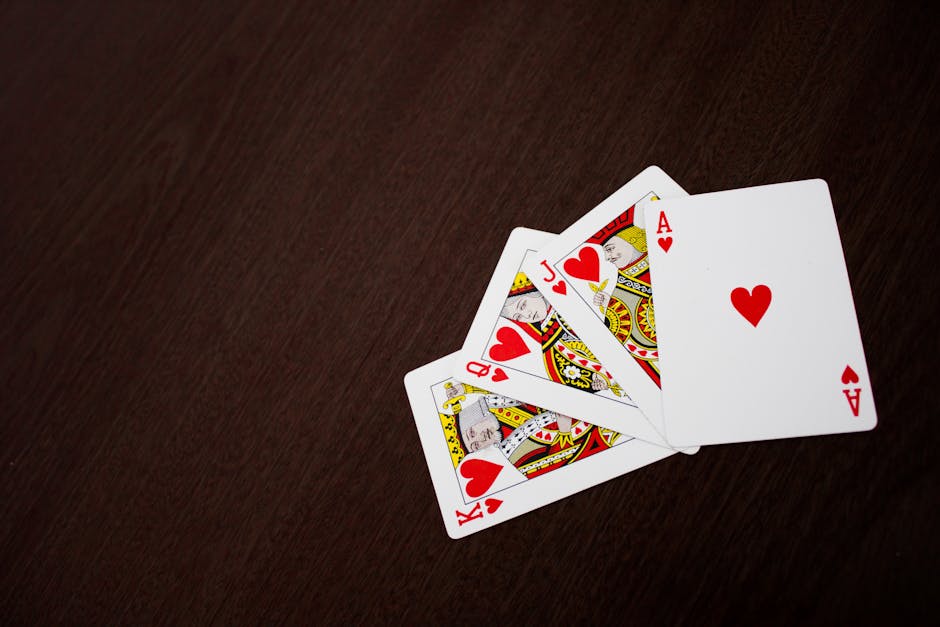The Myth vs. The Math
Most people think jackpots are about luck. Scratch the surface, and you’ll find the same old superstitions: lucky numbers, dream sequences, wearing a lucky hat when buying a ticket. The problem? None of it holds up under mathematical scrutiny. Jackpots are governed by probability, not fate.
One of the biggest myths is that past outcomes influence future ones. People avoid numbers that just hit, believing they’re “less due,” or they pick numbers that haven’t won in a while, thinking they’re “overdue.” But in a truly random draw, each number sequence has the exact same odds—no matter what happened yesterday, last week, or last year. Patterns might look meaningful, but randomness doesn’t keep a ledger.
Another trap is gut instinct. Feeling lucky isn’t the same as being statistically smart. Acting on hunches leads to bad habits—like chasing losses, doubling down at the wrong time, or overestimating the rare wins.
Statistical thinking flips the game. It means understanding the odds, minimizing shared number combinations, and looking at play as a numbers game, not a personal narrative. No, you can’t force a win. But you can manage your play, reduce common mistakes, and stretch your chances in ways pure guesswork never will.
Understanding the Odds
Jackpot odds sound simple until you see the numbers. Winning a big lottery like Powerball? That’s 1 in 292 million. Mega Millions? Around 1 in 302 million. It’s easy to ignore what that really means, so here’s the bottom line: your chances are about the same as flipping a coin and getting heads 28 times in a row. Not impossible. Just wildly unlikely.
Still, calling it “random” doesn’t make it unbeatable. Random means there’s no pattern in how the numbers show up. But randomness follows rules—it has structure. Every combination has the same chance to be drawn, yet over time, some patterns emerge in how people play (like picking birthdays), and that opens small windows of strategy.
The key is in understanding those odds, not pretending to hack them. You can’t predict which numbers will win. But you can understand how improbable a win is, and adjust your expectations—and strategy—accordingly. Think of it like playing a game with long odds, not tossing coins in a fountain.
Identifying Patterns and Frequency
Can Number Frequency or Historical Data Help?
While jackpot games are designed to be random, that hasn’t stopped curious players from diving into past results for clues.
Some believe that certain numbers are drawn more frequently than others. While this may sound compelling, keep in mind:
- Lottery systems are built to reset randomness with each draw
- “Hot” and “cold” numbers may be statistical artifacts, not actual predictors
- Any past draw result has no influence on future outcomes statistically
Still, analyzing frequency can help players feel more engaged—and when done properly, it may inform smarter ticket selection.
Analyzing Draw History: Useful Data or Just Noise?
Looking back at hundreds of draws can reveal patterns, but not all patterns are meaningful. The key is distinguishing genuine trends from statistical noise.
Consider:
- Clusters: Some numbers may appear together more often—however, this happens in pure chance too
- Outliers: Rare combinations might stand out, but don’t mistake rarity for future likelihood
- Repetition rate: Observing how often numbers repeat in recent draws
The takeaway: Look for consistent trends, not one-off coincidences. Big data sets help, but misinterpreting randomness can lead to false beliefs.
Tools and Techniques for Tracking Trends
If you’re interested in a statistical approach, there are tools available to help sift through draw history:
- Frequency trackers: Count how often each number has been drawn over a set period
- Pairing analysis: See which numbers often appear together
- Skipping patterns: Analyze how many draws a number typically “skips” before reappearing
- Visualization tools: Heatmaps and charts can make patterns more visible
Use these tools not to predict the next draw, but to select numbers based on a sound, informed strategy—particularly if you’re combining this with smarter ticket selection or group play tactics.
While no pattern guarantees a win, understanding how randomness behaves over time can sharpen your approach where it counts.
Smarter Ticket Selection
Picking lottery numbers isn’t about predicting the future—it’s about managing risk in a game of chance. One often overlooked but critical part of that is number distribution. When two or more people pick the same set of numbers, they split the jackpot. So, even if you win, your payday gets diluted.
That’s where smart number picking comes into play. Most people lean toward predictable patterns—birthdays (1–31), sequences, diagonals on the ticket grid. These habits create number clusters that are anything but random. By avoiding these, you reduce your odds of sharing the prize if you happen to win.
Strategic randomness means spreading your selection across the full range of possible numbers and consciously dodging commonly-picked patterns. It doesn’t increase your chance of hitting the jackpot—but it does give you a cleaner shot at taking the whole thing home, instead of splitting it five ways with folks who stuck to their birth year.
In short, think less about what feels “lucky” and more about what’s likely to be unique. That’s how you protect your payout.
The Power of Group Play and Data Strategy
If you’re trying to beat long odds, flying solo doesn’t cut it. Syndicates—groups of people pooling money to buy large numbers of tickets—aren’t just guessing more often. The smart ones use data to spread their bets efficiently, covering as many number combinations as possible. They rely on stats, not luck, to widen the net.
The bigger the group, the more tickets you can buy, but there’s a catch: splitting the pot. Balance is key. A good syndicate finds the sweet spot between size and fair payout. Ten people splitting $10 million? Still a great day. A hundred people splitting that same jackpot? The math gets less exciting.
What separates the casual pools from the sharp syndicates is structure. Take the Australian syndicate that famously cracked a $27 million jackpot by mathematically covering nearly all ticket combinations. Or UK groups that routinely use frequency tables and exclusion methods to reduce overlap and boost their unique ticket count. It’s not magic—it’s method.
If this sounds like your kind of game, check out Effective Approaches to Syndicate Play for deeper strategies and real-world examples that show group play doesn’t have to mean guesswork.
Risk Management and Realistic Expectations
While jackpot games are largely games of chance, applying a smart risk management approach can make your play more sustainable—and far less stressful. Understanding probability is just one part of the equation; knowing how to manage your spending and avoid emotional traps is where real discipline shows.
Smarter Budgeting with Math
Creating a monthly or weekly lottery budget based on statistical expectations—not just hope—can help keep your play in check.
- Set a fixed amount you’re comfortable losing, not winning
- Account for the long odds: play small, play long-term
- Let historical averages—not recent feelings—guide how and when you play
Sustainability > Impulse
Consistency and moderation outlast overheated hopes. If your play becomes reactive and unpredictable, you’re losing sight of the math.
- Track your spending and ticket count over time
- Evaluate wins and losses as data, not drama
- Scale back if results start influencing your emotions or decisions
Are You Playing or Chasing?
One of the most common traps is chasing losses—spending more after a series of non-wins in hopes of a turnaround. Statistical thinking can stop this cycle.
- Understand that outcomes are independent: losing streaks aren’t indicators of a win
- Recognize when increasing ticket volume doesn’t meaningfully raise your chances
- Give yourself regular check-ins to assess if your play still aligns with your goals
Strategic players know when to walk away—and how to stay rational in a game built on emotion. Good risk management lets you enjoy the game without letting it control you.
Final Takeaways
At the end of the day, luck will always play a role in jackpots. But strategy separates players who just wish from those who play with intent. It’s not about cracking the code—it’s about playing smarter within the rules.
Start small. Learn the odds of the game you’re playing. Use basic number frequency tools or distribution charts to avoid duplicate combinations and shared wins. Join a syndicate if you want broader coverage. Budget with clarity. Track your behavior over time.
Statistical thinking isn’t flashy, but it’s steady. It lets you sidestep the myths, reduce wasted spending, and focus on the plays that actually move the needle. The quiet advantage goes to people who respect randomness but don’t treat it like magic. Thinking deeper won’t guarantee a jackpot—but it might keep you in the game longer, with fewer regrets.




